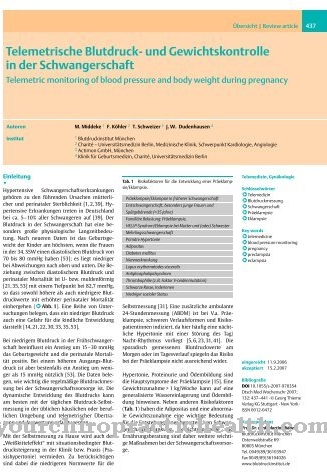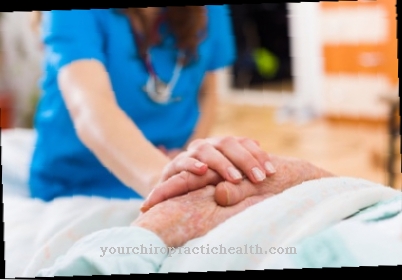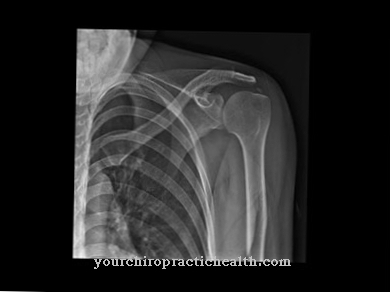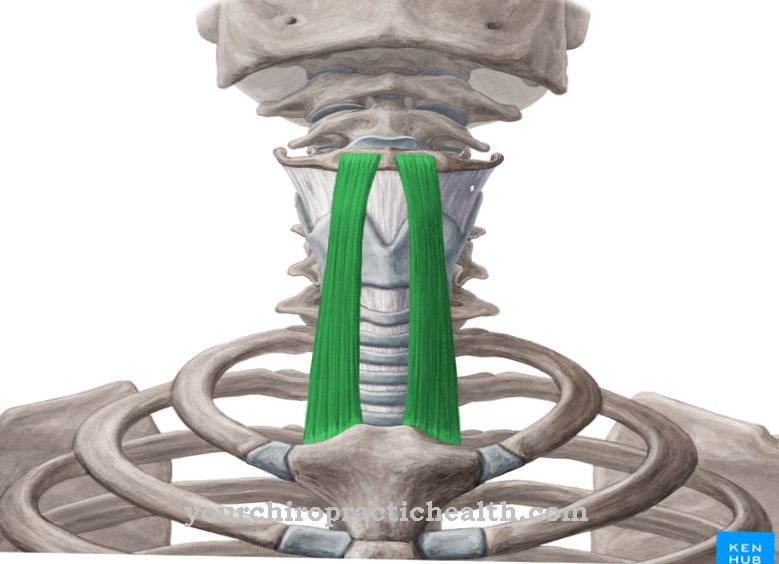How often do you use a seat in everyday life? Almost in every situation. But there is hardly anything worse than sitting often. It starts at the breakfast table and goes on until you get to work in the car. Then things continue in the office - sometimes the eight to ten working hours are only spent sitting.
A 2012 study asked how much do we really sit? Is there really a lack of exercise? It turned out that the average office worker sits around six to ten hours a day. Sitting is by no means good for us. This can even lead to permanent damage to posture.
Sitting is exhausting for your back

Back pain can be divided into radicular and pseudoradicular pain. With radicular back pain, a nerve is usually irritated.
A study by Chemnitz University of Technology looked at the effects of sitting for hours. The results of the study were published in the journal "Applied Ergonomics". Sitting can cause tension in the muscles and lead to an overloaded intervertebral disc.
Movement scientists are therefore not surprised that back problems are becoming more common. However, doctors and scientists alike are amazed that hardly anyone knows that sitting is so harmful and how these problems can be remedied.
The right mattress
With the right mattress for back pain? There are definitely good mattresses that are less stressful for the back. A good mattress has the right degree of firmness as well as integrated lying areas and high point elasticity. Thus, the spine is considerably relieved during bedtime.
If you do not want to buy a new mattress, you can also retrofit the old one with a topper, because this also increases sleeping comfort. In addition, toppers also serve as protection against house dust mites, which can release allergens through the mite excrement. Especially for allergy sufferers, a topper is a means of increasing the quality of life. Allergic reactions can thus be greatly reduced.
Standing desk
Whether in the home office or in the actual office: a standing desk can ensure that all of these back problems do not arise in the first place. A standing desk should, however, be able to be adjusted to the body size, because only then is an ergonomic posture possible.
In order to be able to adopt an ergonomically correct posture at the workplace, however, additional points such as the correct eye relief to the monitor and a suitable mouse must be observed.
Self massage
According to the latest research, a self-massage can loosen the stiff back muscles again. In the study, one group did a self-massage for eight minutes every four and a half hours. That would be once during the lunch break and once after work.
Researchers also see a lot of potential in this because the self-massage is done relatively quickly and because an effect sets in with immediate effect. To increase the effect and also to counteract the tension, poppy seed oil can also be used for self-massage. There are definitely other therapeutic measures, but their effects usually only set in much later.
Avoid long sitting
As a preventive measure, you can get up briefly every 30 to 60 minutes so that back pain does not even arise in the office. A short walk is even better. However, time can be quickly lost from sight. Nowadays there are already smartwatches that remind the user to get up for a minute.
Health effects from inactivity
People are designed to move a lot and enough. If there is inactivity, as is the case when sitting, then this also has health effects on the whole body. The body becomes weaker and weaker, because the muscles also break down - this creates additional stress on the spine.
Now the cardiovascular system is also reduced, so the organs only perform a minimum of what is actually possible. The longer this state lasts, the more sluggish the body becomes. This also reduces productivity.
It has long been clear that a lack of exercise can also be responsible for a bad mood and even depression. Anyone who is not active despite back pain could get into a negative spiral, which could also develop chronic complaints.
However, the latest studies clearly show that back problems are by no means taken lightly. If the symptoms are still in their early stages, exercise can help immediately. However, a doctor should always be asked for advice. Physiotherapy is definitely worth it.
What other risk factors are there?
Apart from long-term sitting and a lack of exercise, there are also a number of risk factors. There is also a risk age group in the range from 35 to 50 years. Anyone who eats poorly, smokes, struggles with psychological stress and has to do heavy physical work every day could have a high probability of back problems.
Conclusion
Back problems have long become the norm in society. There are simple factors that can help prevent this from happening. With the self-massage you can already loosen the back muscles. Other risk factors can be reduced by means of preventive measures, such as the standing desk or the right mattress.








.jpg)





.jpg)






.jpg)






